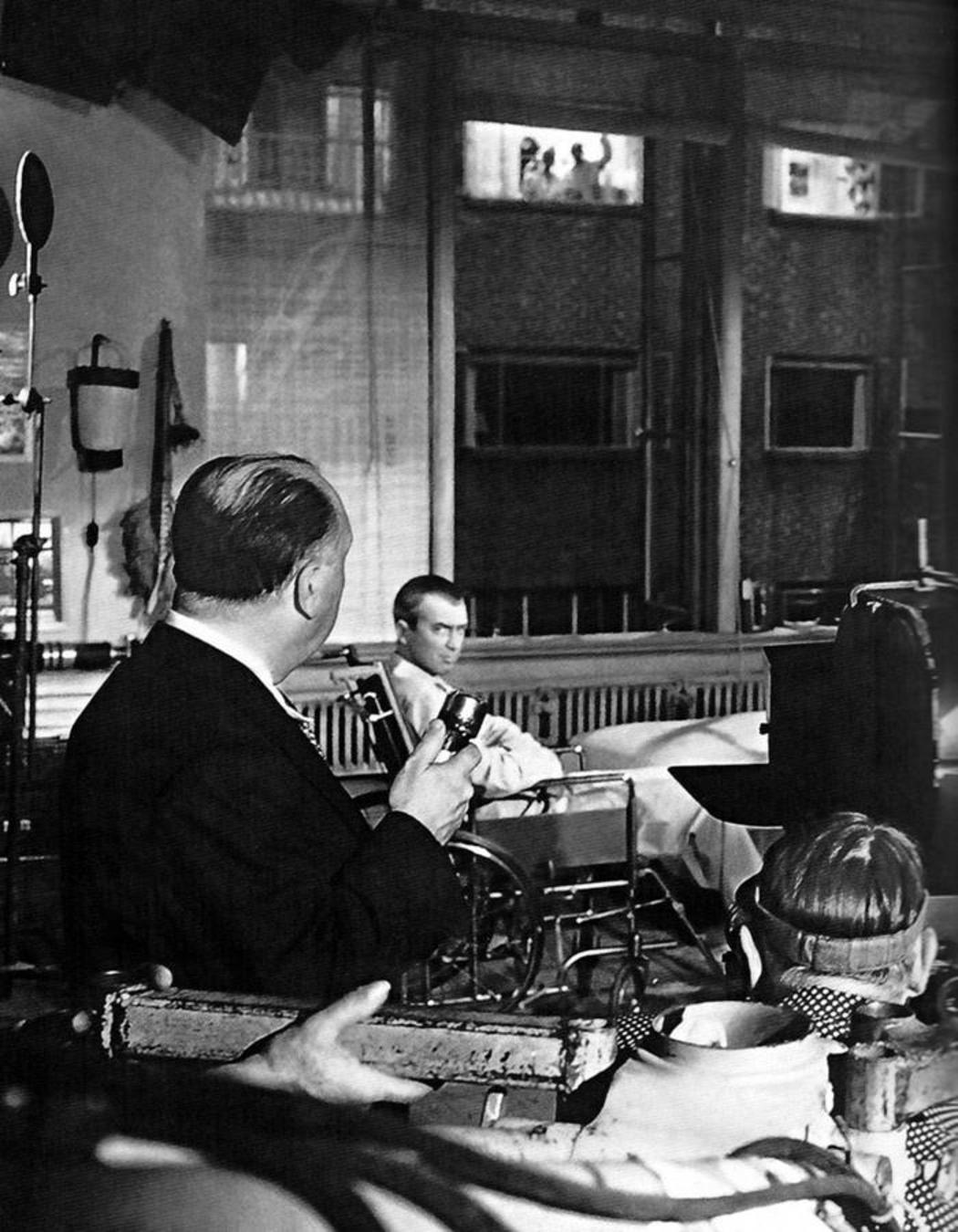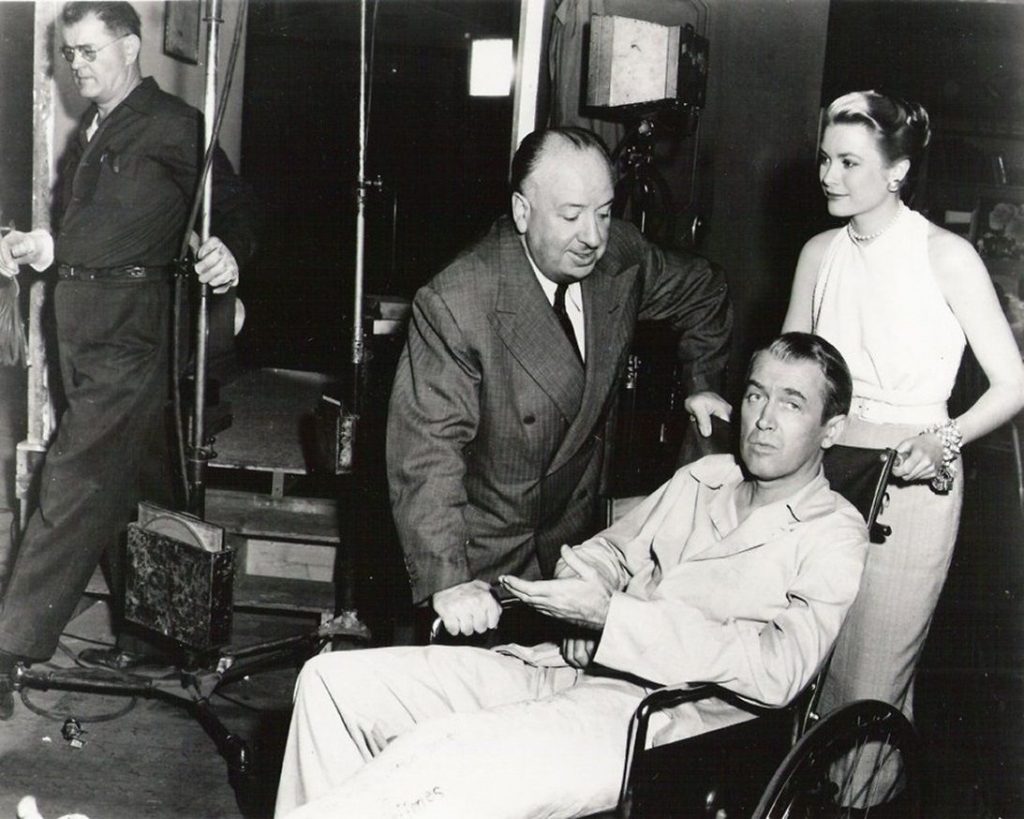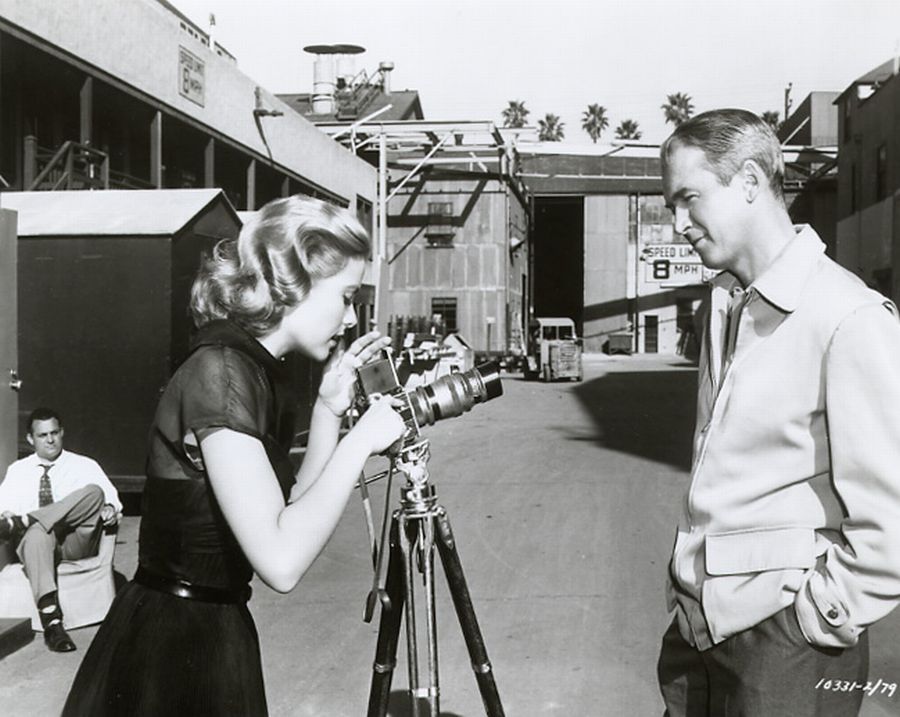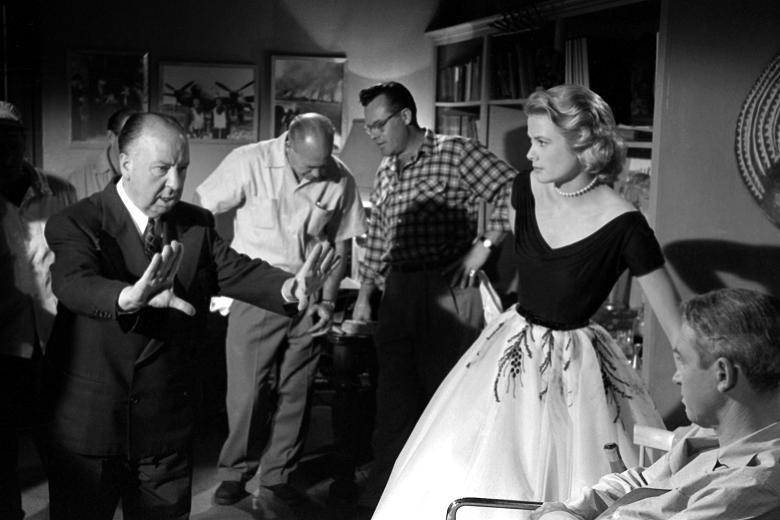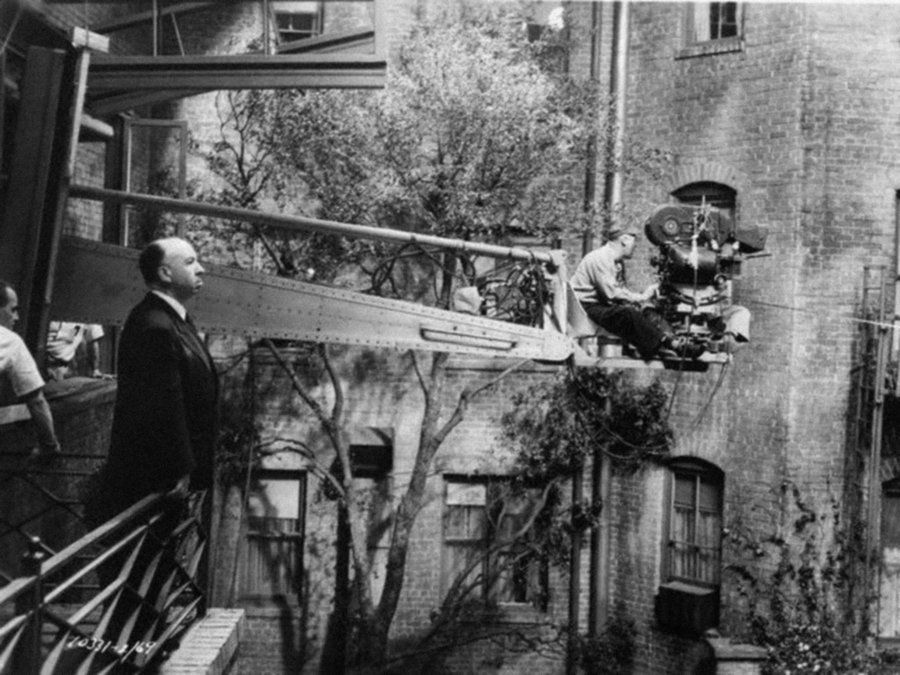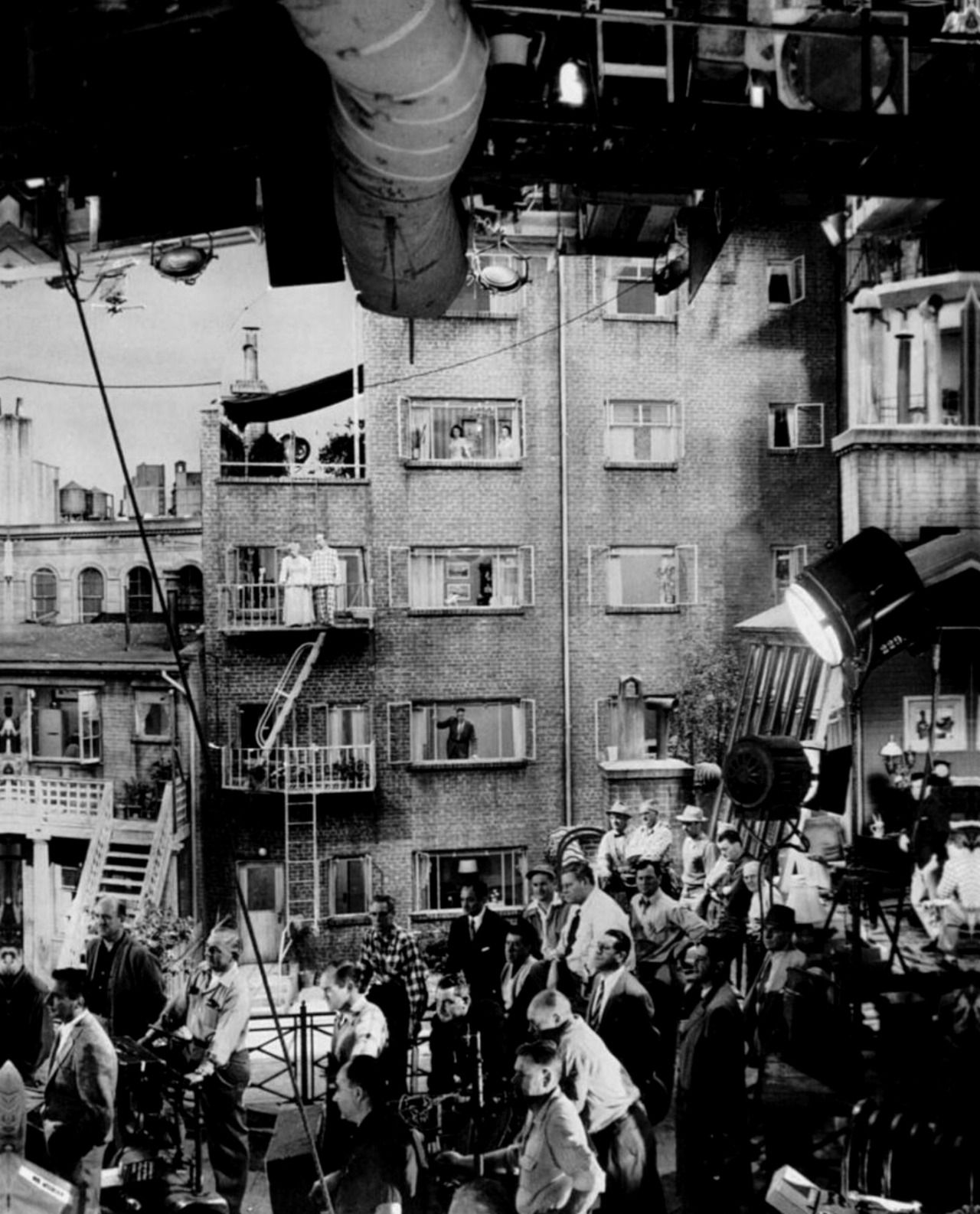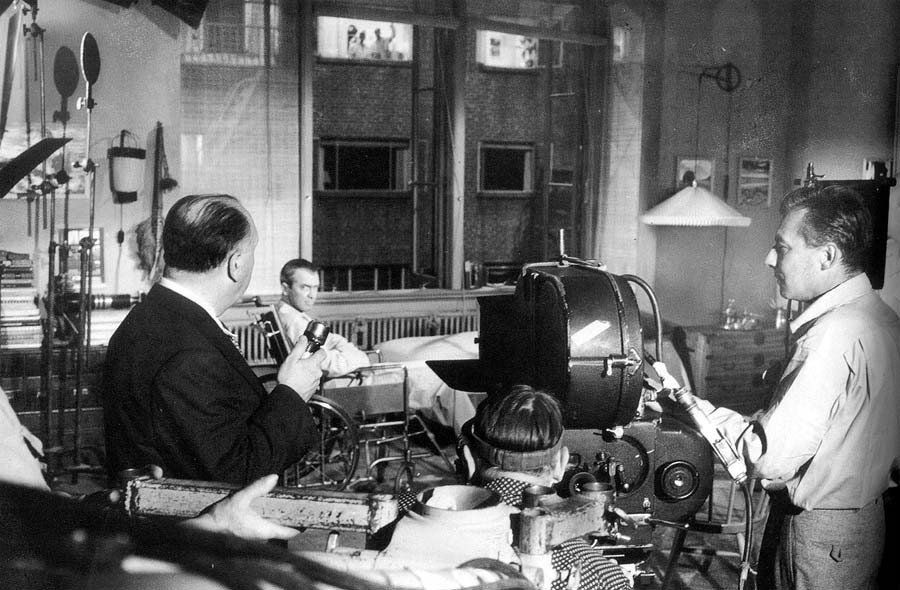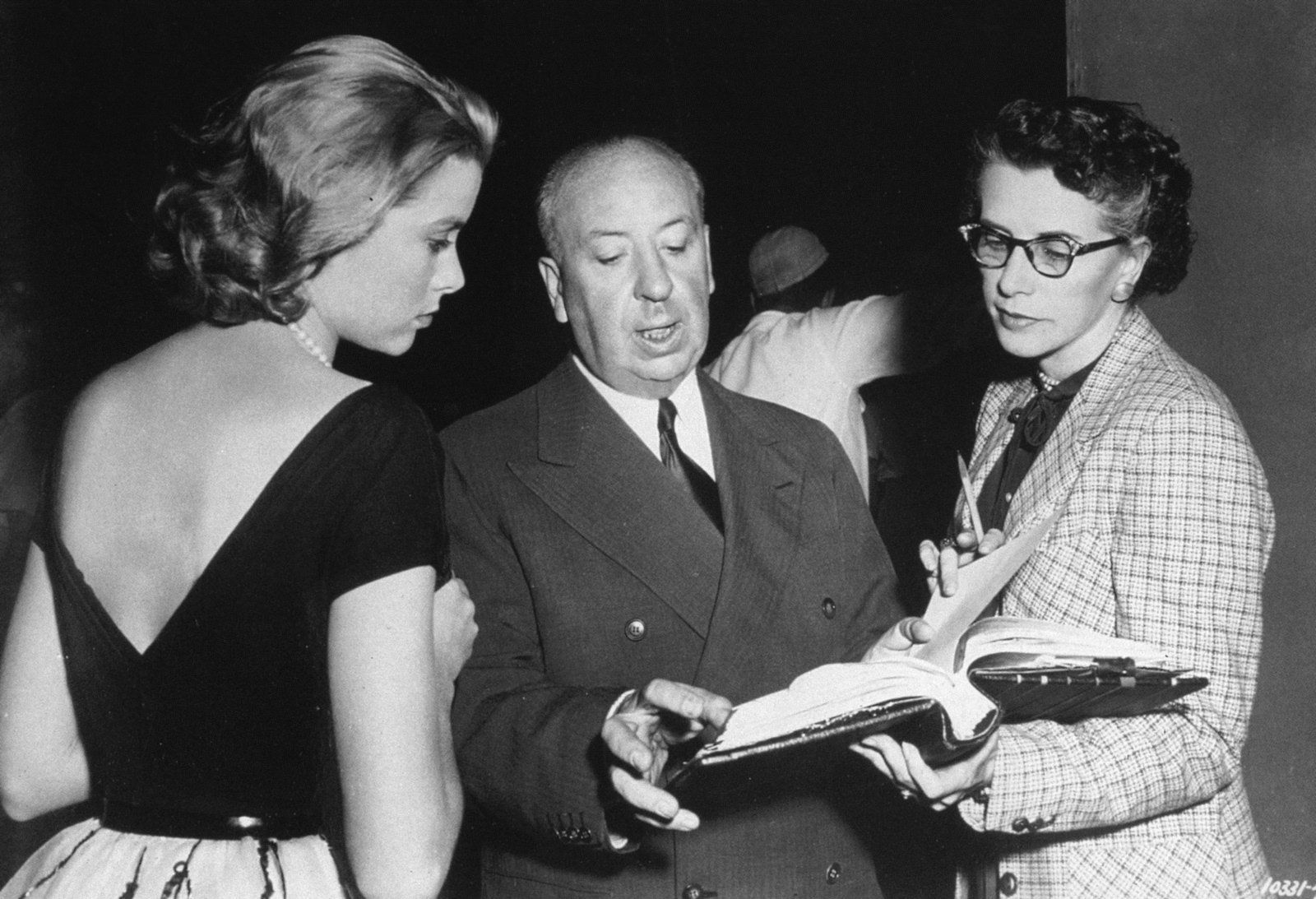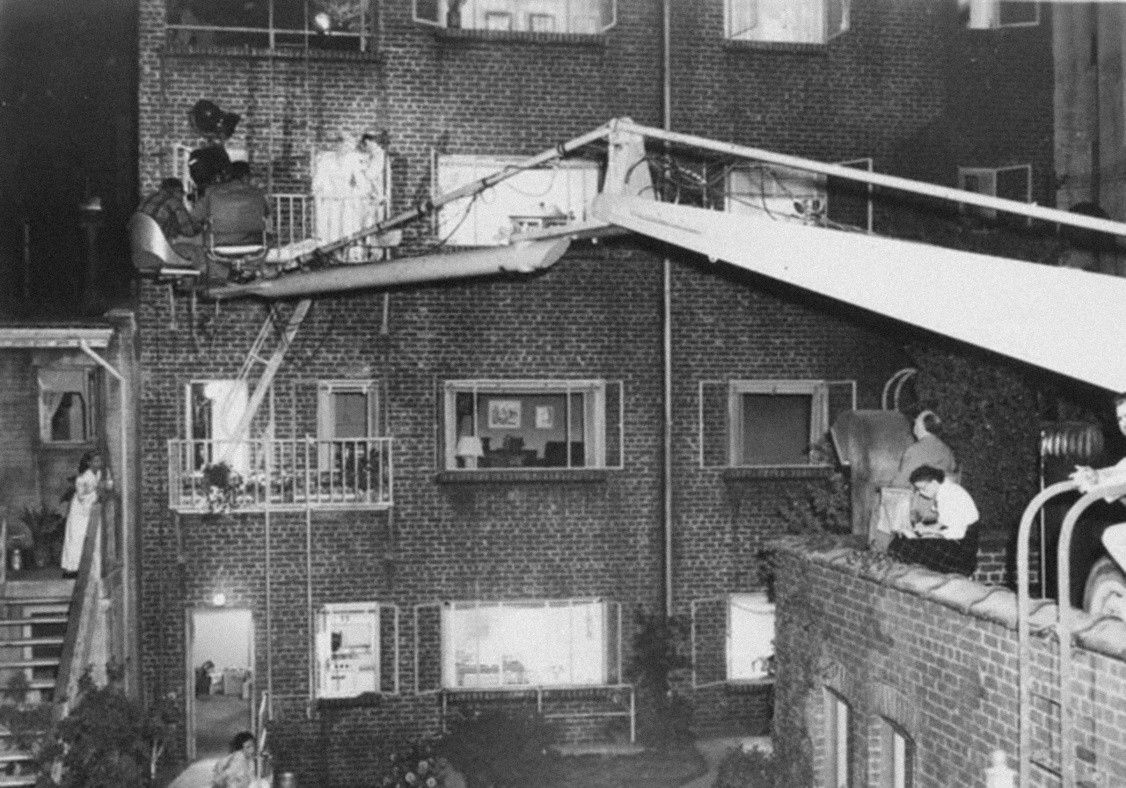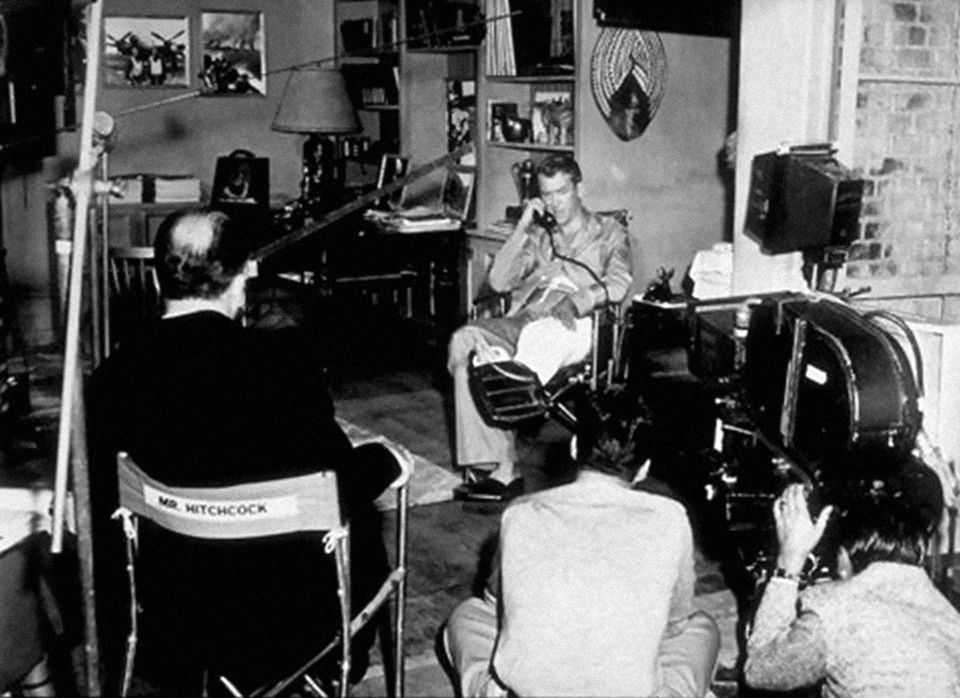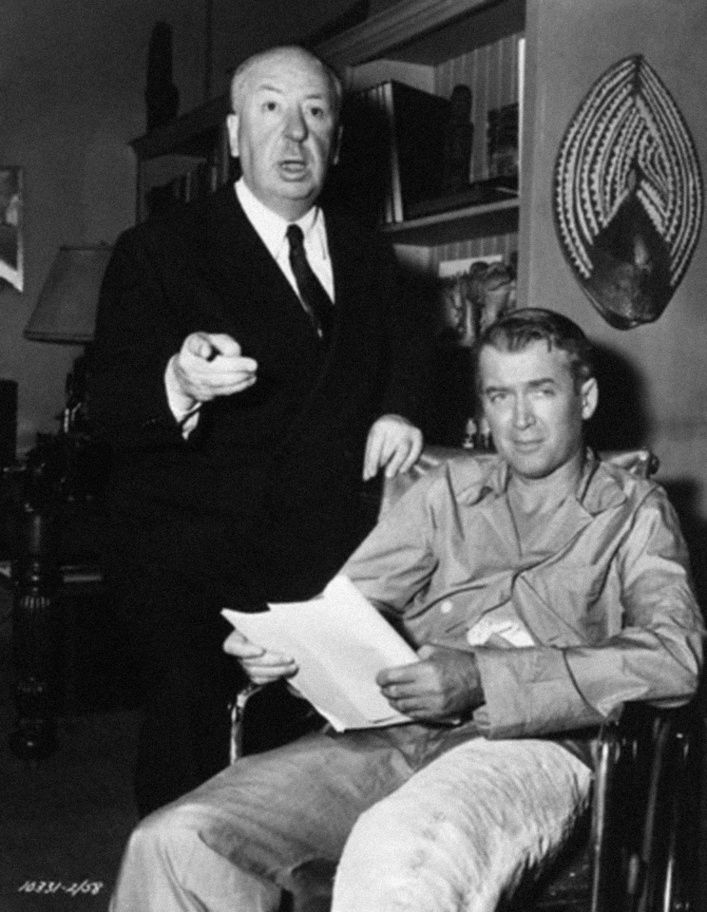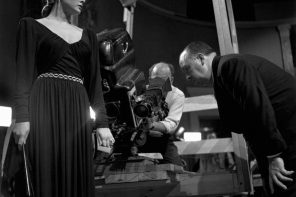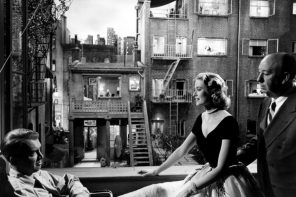Alfred Hitchcock is a master of mise en scène. His films are so much fun to analyze because there are no accidentals in terms of the visual; everything is planned and has a purpose. Pay particular attention to the differences between Jimmy Stewart’s apartment and the world outside of his windows. While you’re there, be sure to check out the other mise en scène videos on Matthew Parillo’s Vimeo channel.
Alfred Hitchcock: It was the possibility of doing a purely cinematic film. You have an immobilized man looking out. That’s one part of the film. The second part shows what he sees and the third part shows how he reacts. This is actually the purest expression of a cinematic idea.
François Truffaut: To my mind, Rear Window is probably your very best screenplay in all respects. The construction, the unity of inspiration, the wealth of details.
Alfred Hitchcock: I was feeling very creative at the time, the batteries were well-charged. John Michael Hayes is a radio writer and he wrote the dialogue. —François Truffaut, Hitchcock (audio)
When it came to his career, John Michael Hayes experienced the heaven and hell of Alfred Hitchcock. The four films they made together in a remarkably short period of time during the mid-1950s—Rear Window, To Catch a Thief, The Trouble with Harry, and The Man Who Knew Too Much (1956 version)—would seem to provide the defining moments of Hayes’s résumé. But an initially harmonious working relationship turned sour. According to Hayes, Hitchock nurtured the fledgling screenwriter only to betray him ultimately. —John Michael Hayes: Qué Sera, Sera, interview by Susan Green
Based on a Cornell Woolrich short story, the screenplay for Rear Window was Hayes’ first project with a major director. A keen writer of dialogue, Hayes quickly understood that because Hitchcock grew up in silent films, he had a tendency to rely on the camera as much as possible. He later recalled: “I caught some of that spirit. Hitchcock taught me about how to tell a story with the camera and tell it silently.” The critic Chris Wehner takes up this idea in a 2002 interview with John Michael Hayes in which he discusses the writing of Rear Window. It provides a fascinating insight into Hayes’ working methods and his relationship with the great director. —On writing Rear Window
A monumentally important screenplay. Dear every screenwriter/filmmaker, read John Michael Hayes’ screenplay for Rear Window [PDF1, PDF2]. (NOTE: For educational and research purposes only). The DVD/Blu-ray of the film is available at Amazon and other online retailers. Absolutely our highest recommendation.
 Loading...
Loading...
The making of Rear Window by Scott Curtis. In Alfred Hitchcock’s Rear Window, edited by John Belton. Cambridge University Press, 2000. 21-56.
Independent film director Jeffrey Michael Bays, a life-long fan of Alfred Hitchcock, has compiled these articles to further spread the brilliant simplicity of Hitchcock’s creative genius.
Here’s the original trailer for Rear Window.
“Leave film school’ & study Alfred Hitchcock.” —William Friedkin- The exposition of Rear Window
- Rounding up the usual suspect in Rear Window
- Hitchcock: a brilliant career built on boyhood fears—distributor materials
- Interview with Alfred Hitchcock—Antaeus, 1973—interview
- Hitchcock: master of the eloquent absurdity—article
- Rear Window—USA Films—press kit
If you are a fan of Hitch, this is essential viewing. Huw Wheldon’s interview with legendary filmmaker was filmed for the BBC television programme Monitor and was first broadcast on July 5, 1964.
On the set of Alfred Hitchcock’s Rear Window. Still photographers: Bud Fraker & Phil Stern.
Get Cinephilia & Beyond in your inbox by signing in

